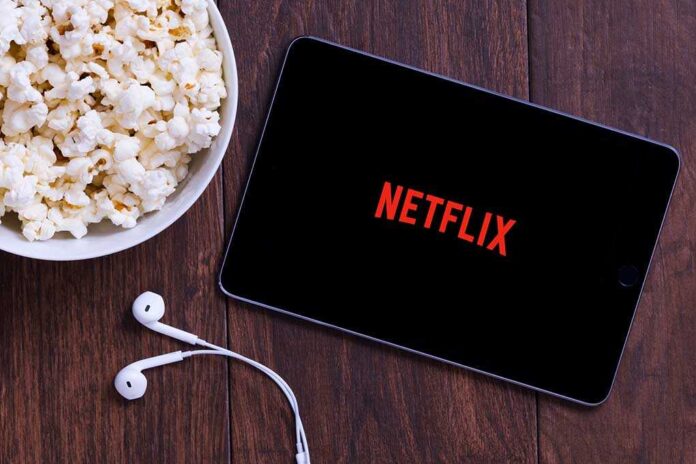
Sparking both optimism and criticism among subscribers, Netflix’s new interface overhaul aims to simplify the user experience with new features and a cleaner look.
See the tweet below.
The streaming giant’s first major overhaul in over a decade promises a “simpler” experience.
Still, many users are already expressing frustration with the platform’s new interface as the company simultaneously cracks down on password sharing and faces potential economic impacts from America-first tariff policies.
Beginning in mid-May, Netflix will roll out a complete makeover of its TV home screen, claiming to enhance content discovery with a cleaner look and more direct access to information.
The company says the redesign attempts to make the viewing experience “simpler, easier, and more intuitive.”
Netflix is moving navigation shortcuts like Search and My List to the top of the screen while rebranding My List as “My Netflix” to consolidate Continue Watching, My List, and Remind Me features.
At the same time, title cards will now highlight achievements like “Emmy Award Winner” and trending status to help viewers make quicker decisions.
Perhaps most concerning for privacy-conscious Americans, Netflix is testing a TikTok-style vertical video feed on mobile devices, mimicking the Chinese-owned social media platform that many lawmakers have sought to ban over national security concerns.
The company is also developing a generative AI-powered search feature for iOS that will allow users to describe what they want to watch in everyday language.
This raises questions about data collection and the increasing reliance on artificial intelligence in daily life.
During a press preview, chief technology officer Elizabeth Stone called the new look more flexible and more in tune with how people actually use Netflix today.
“What’s most exciting to me is how our new TV experience gives us the ability to evolve and innovate more easily going forward,” Stone said.
This redesign comes as Netflix faces potential economic challenges from proposed tariffs on films produced outside the U.S., a policy that would protect American jobs and creative industries.
Analysts estimate these America-first tariffs could impact Netflix’s profits by up to $3 billion annually, forcing the company to reconsider its heavy reliance on international content production.
While Netflix boasted of adding 18.9 million subscribers in the first quarter, the company is now shifting its focus from subscriber growth to “engagement metrics.”
This redesign follows Netflix’s recent controversial crackdown on password sharing, another move that alienated loyal customers.
Do not adjust your TV screen: Why your Netflix experience has a new look https://t.co/S3c8b1lU8Z
— USA TODAY (@USATODAY) May 7, 2025
When questioned about the tariff policies that could protect American creative jobs, Netflix executive Elizabeth Stone deflected: “Honestly, you know as much as we do right now about the news and it’s business as usual for us right now.”
In addition, the streaming giant claims the changes will reduce “decision fatigue,” but many users are already expressing their dissatisfaction with yet another tech platform forcing them to relearn how to navigate a service they’ve used for years.
As streaming services continue to raise prices while making questionable changes to user experiences, many Americans are reconsidering their digital entertainment choices and longing for simpler times.



















